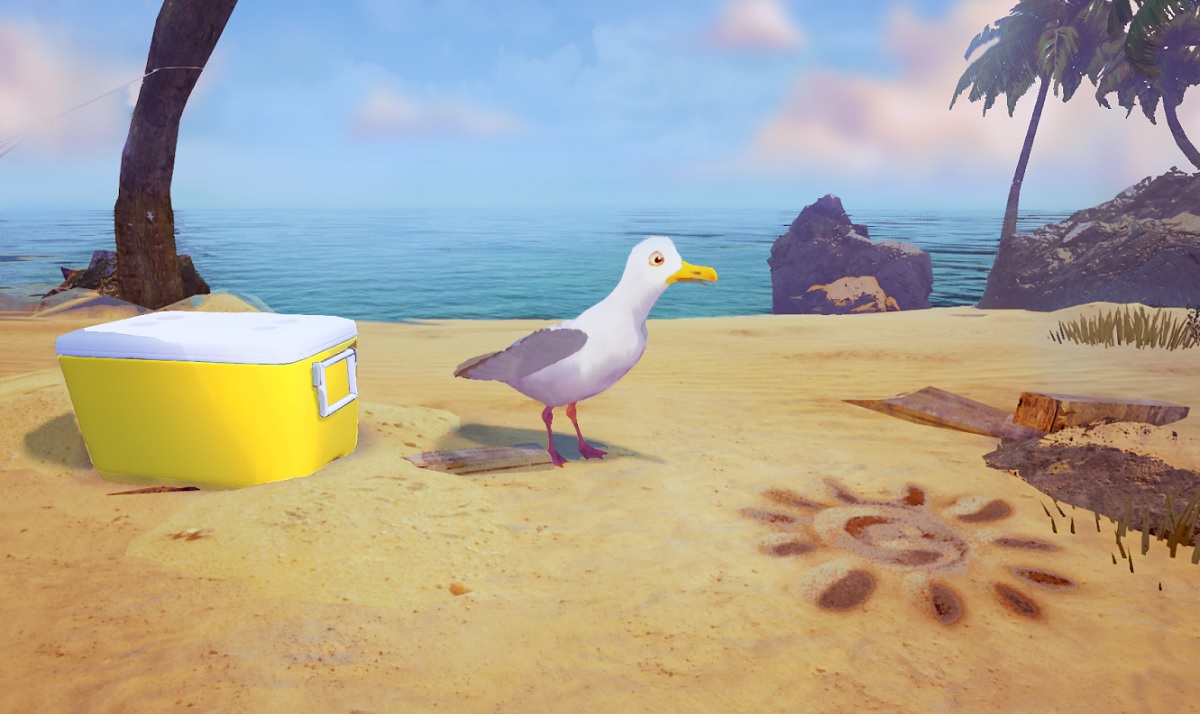Limitless wants virtual reality entertainment to be as moving and immersive as a Pixar movie. You should be able to create characters and virtual worlds who are as believable as Woody in the Toy Story movies. And so Limitless, founded by former Pixar and Bungie alumnus Tom Sanocki, is announcing today its Limitless Creative VR Environment that will enable artists to craft characters for virtual reality.
Sanocki wants VR to grow up quickly as a new kind of interactive and immersive entertainment medium. That way, it can get on with becoming the medium that everyone wants it to be, and become a $30 billion industry by 2020, as envisioned by tech advisor Digi-Capital. The platform from Limitless is a kind of foundation technology, allowing a VR user to hold a conversation with a virtual character, that makes a VR world into the kind of place that you would want to visit.

Unlock premium content and VIP community perks with GB M A X!
Join now to enjoy our free and premium membership perks.
![]()

![]()